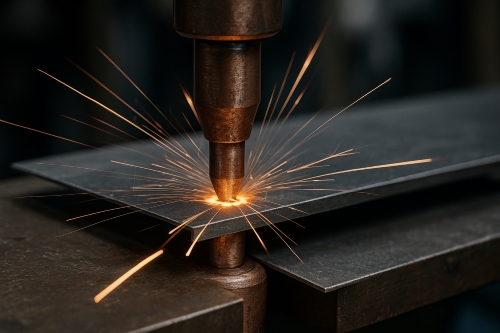Types Of Superconducting Materials And Their Applications
Introduction
Superconducting materials represent a class of substances that exhibit zero electrical resistance and expulsion of magnetic fields (Meissner effect) when cooled below a critical temperature (Tc). Since their discovery in 1911 by Heike Kamerlingh Onnes, superconductors have been applied in various scientific and engineering domains, including medical imaging and electrical transmission. This article details the different types of superconducting materials and their measured applications.
Types of Superconducting Materials
Superconductors can be broadly divided into two categories, Type I and Type II, based on their critical temperature and magnetic behaviour. They are also classified as conventional, high‐temperature, and unconventional superconductors according to their composition and date of discovery.
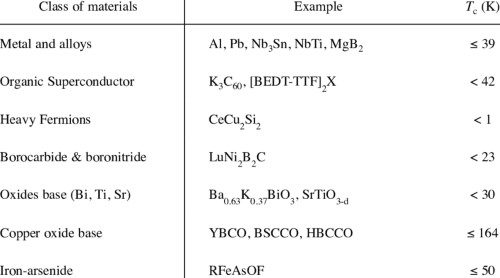 [1]
[1]
1. Type I Superconductors
Type I superconductors primarily consist of pure metals and metalloids. They exhibit superconductivity at very low temperatures (generally below 30 K). They undergo a sharp transition to the superconducting state and completely expel magnetic fields below their critical magnetic field (Hc). Examples include:
- Mercury (Hg): The first superconductor discovered, with a Tc of 4.2 K.
- Lead (Pb): Tc of 7.2 K.
- Aluminium (Al): Tc of 1.2 K.
Type I superconductors have limited practical use owing to their low critical temperatures and magnetic field limits.
2. Type II Superconductors
Type II superconductors are more complex materials, including alloys and compounds, that can tolerate higher magnetic fields and exhibit higher critical temperatures. They permit the penetration of magnetic fields in the form of quantised vortices, thereby maintaining superconductivity under higher magnetic loads. Examples include:
- Niob-Titan (NbTi): Employed in superconducting magnets for MRI systems and particle accelerators.
- Niobium-Tin (Nb3Sn): Used in high-field magnets due to its higher critical field.
3. High‐Temperature Superconductors (HTS)
High‐temperature superconductors exhibit superconductivity at temperatures significantly above those of conventional superconductors (over 30 K). They are frequently based on copper oxide (cuprate) or iron compounds. Examples include:
- Yttrium-Barium-Copper Oxide (YBCO): Tc of 92 K.
- Bismuth-Strontium-Calcium-Copper Oxide (BSCCO): Tc of 110 K.
- Iron-based superconductors: Discovered in 2008, with a Tc of up to 55 K.
HTS materials are particularly attractive for practical applications because they can be operated at liquid nitrogen temperatures (77 K), thereby reducing cooling costs compared with liquid helium.
4. Unconventional Superconductors
Unconventional superconductors do not conform to the traditional BCS theory. They include:
- Heavy Fermion superconductors: Materials such as CeCu2Si2, where the electrons exhibit an increased effective mass.
- Organic superconductors: Carbon‐based materials that show superconductivity at low temperatures.
- Magnesium diboride (MgB2): A simple compound with a Tc of 39 K, which exhibits a value intermediate between those of conventional and high‐temperature superconductors.
Applications of Superconducting Materials
The properties of superconductors have resulted in their application across a number of fields. The following points list the principal applications:
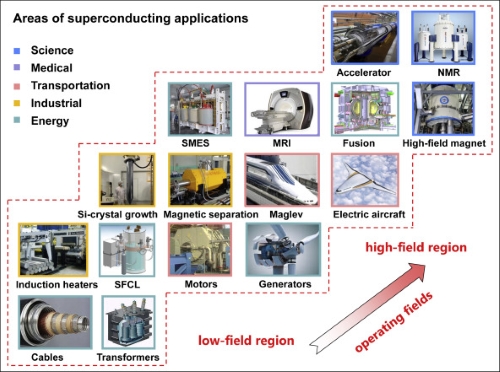 [2]
[2]
1. Medical Imaging
Superconducting magnets form the basis of magnetic resonance imaging (MRI). Niob-Titan superconductors (NbTi) are typically used to generate the strong and stable magnetic fields required for high-resolution imaging. The absence of electrical resistance ensures an efficient operation with negligible energy loss.
2. Particle Accelerators
Superconducting materials are indispensable in particle accelerators such as the Large Hadron Collider (LHC) at CERN. Niobium-Tin (Nb3Sn) and Niobium-Titan (NbTi) magnets are employed to generate the intense magnetic fields required for steering and focussing particle beams that travel at speeds near that of light.
3. Electrical Transmission
Superconducting cables allow current to be transferred without resistance. This results in a significant reduction in energy loss compared with conventional copper cables. High‐temperature superconductors such as YBCO are under investigation for use in superconducting power grids, which may enhance energy distribution efficiency.
4. Magnetic Levitation Trains (Maglev)
Superconducting magnets enable magnetic levitation trains to operate above the tracks, thereby eliminating friction and permitting high-speed travel. The Japanese SC Maglev, utilising YBCO superconductors, has achieved speeds exceeding 600 km/h.
5. Quantum Computers
Superconducting materials form the basis of qubits in quantum computers. The Josephson junction, a component comprising two superconductors separated by an insulator, plays a critical role in superconducting quantum circuits. Organisations such as IBM and Google employ this technology to construct quantum processors.
6. Energy Storage
Superconducting magnetic energy storage (SMES) systems store energy within the magnetic field generated by a superconducting coil. These systems can release large amounts of energy almost instantaneously, thereby serving grid stabilisation purposes and providing emergency power.
7. Scientific Research
Superconducting materials are used in advanced research instruments such as superconducting quantum interference devices (SQUIDs). These magnetometers accurately measure extremely weak magnetic fields. SQUIDs are applied in disciplines that include geology and neuroscience.
8. Fusion Energy
Superconducting magnets are integral to the plasma confinement systems in nuclear fusion reactors such as the ITER project. High‐temperature superconductors such as YBCO are employed to develop more compact fusion reactors.
9. Space Research
Superconducting materials are utilised in cryogenic systems for space telescopes and detectors. For example, superconducting detectors are used in astrophysical observations to measure weak signals from distant stars and galaxies.
10. Industrial Applications
Superconducting materials are implemented in electric motors and generators for industrial purposes. They offer a compact design compared with conventional counterparts and are suitable for use in wind turbines and electric vehicles.
Conclusion
Superconducting materials have significantly influenced modern technology. From Type I superconductors to high‐temperature and unconventional variants, each class provides distinct properties and applications. As research continues, superconductors may further affect various industries. Additional advanced materials are accessible at Stanford Advanced Materials (SAM).
Reference:
[1] Abd-Shukor, R. High Temperature Superconductors: Materials, Mechanisms and Applications.
[2] Chao Yao, Yanwei Ma, Superconducting materials: Challenges and opportunities for large-scale applications, iScience, Volume 24, Issue 6, 2021, https://www.sciencedirect.com/science/article/pii/S2589004221005095

 Bars
Bars
 Beads & Spheres
Beads & Spheres
 Bolts & Nuts
Bolts & Nuts
 Crucibles
Crucibles
 Discs
Discs
 Fibers & Fabrics
Fibers & Fabrics
 Films
Films
 Flake
Flake
 Foams
Foams
 Foil
Foil
 Granules
Granules
 Honeycombs
Honeycombs
 Ink
Ink
 Laminate
Laminate
 Lumps
Lumps
 Meshes
Meshes
 Metallised Film
Metallised Film
 Plate
Plate
 Powders
Powders
 Rod
Rod
 Sheets
Sheets
 Single Crystals
Single Crystals
 Sputtering Target
Sputtering Target
 Tubes
Tubes
 Washer
Washer
 Wires
Wires
 Converters & Calculators
Converters & Calculators
 Write for Us
Write for Us
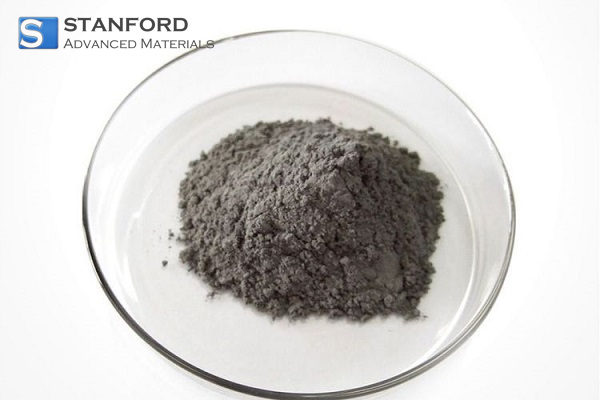
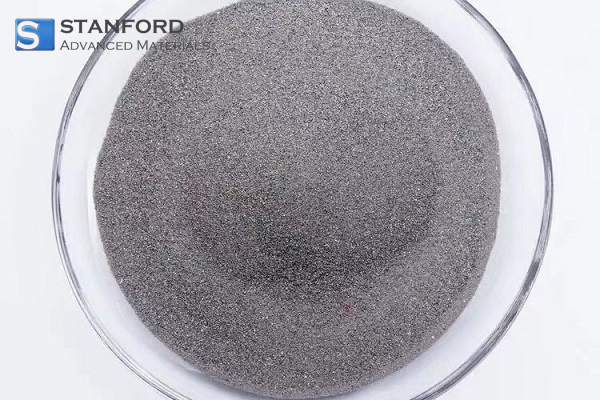

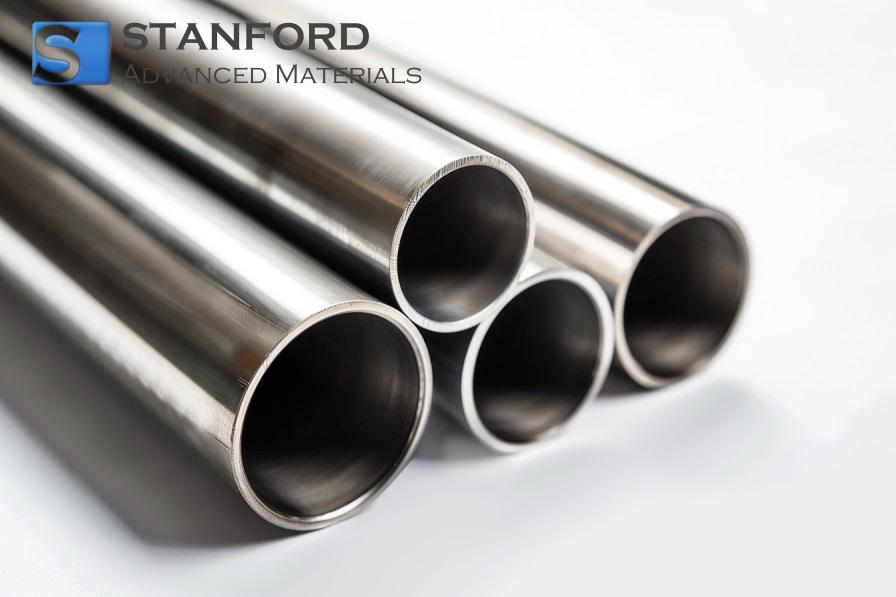
 Chin Trento
Chin Trento



